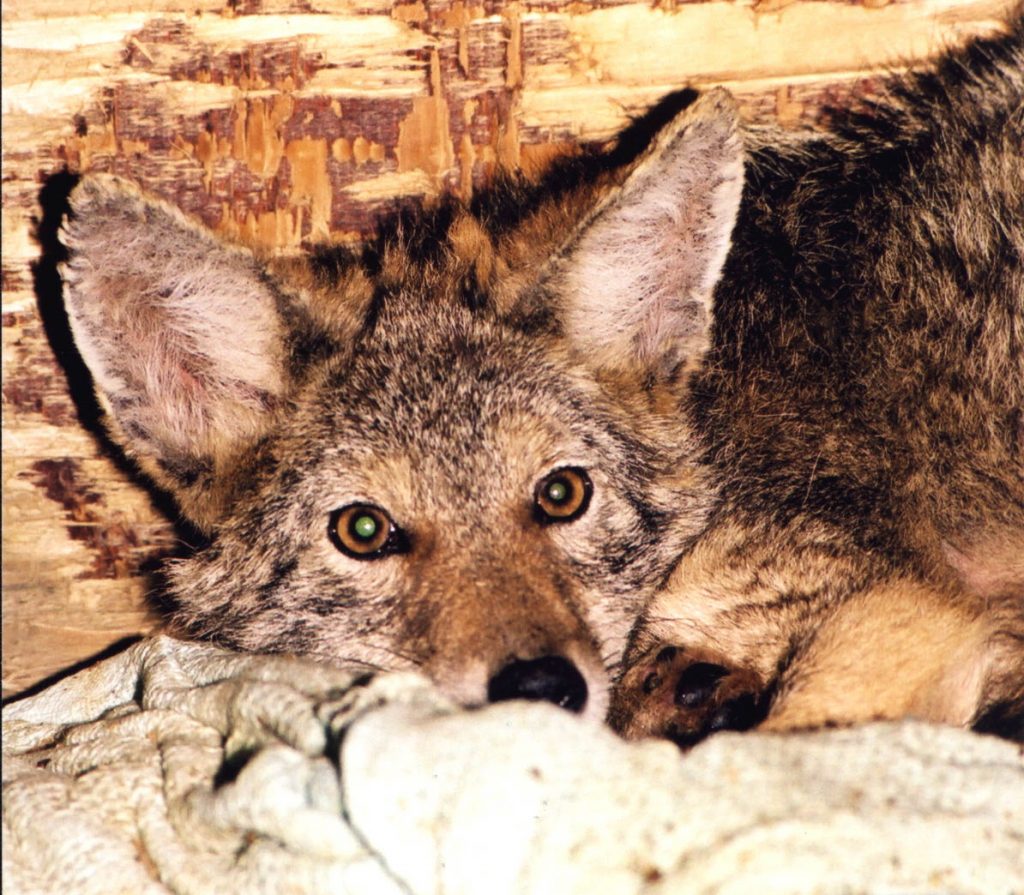Support Us
Since 1979 more than 140,000 animals have been treated by Wildlife Rescue.
Thanks to the support of individuals like you, Wildlife Rescue can provide a lifeline for animals in distress.
There are more babies on the way in spring than just birds! Coyotes are great at pest control, eating rats and mice, so it’s important to know how we can best share our environment with these tenacious wild animals.
Coyotes will form breeding pairs and begin having litters of puppies around this time of year. They are dedicated parents, and both males and females will stay with the litter. Coyotes are more visible at this time of year as they’ll be patrolling their territory with frequency. They might appear to act more aggressive, but in reality they’re just trying to keep their little ones safe. So, what can we do if we think there’s coyote activity in our neighbourhood?
Our friends at the Stanley Park Ecology Society have come up with the following guidelines for safe coexistence:
Most importantly, If you see a coyote, you can report the sighting to the Stanley Park Ecology Society here! This helps the conservation community know where activity is highest and can help keep people, pets and coyotes safe.
